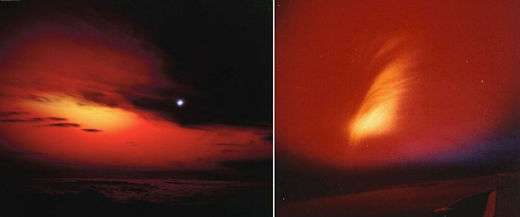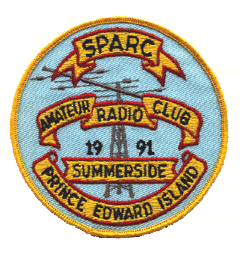THE STARFISH PRIME GEOMAGNETIC STORM: Sixty years ago today, one of the biggest geomagnetic storms of the Space Age struck Earth. It didn’t come from the sun.
“We made it ourselves,” recalls Clive Dyer of the University of Surrey Space Centre in Guildford UK. “It was the first anthropogenic space weather event.”
On July 9, 1962, the US military detonated a thermonuclear warhead 250 miles above the Pacific Ocean–a test called “Starfish Prime.” What happened next surprised everyone. Witnesses from Hawaii to New Zealand reported auroras overhead, magnificent midnight “rainbow stripes” that tropical sky watchers had never seen before. Radios fell silent, then suddenly became noisy as streetlights went dark in Honolulu.

Essentially, Starfish Prime created an artificial solar storm complete with auroras, geomagnetic activity, and blackouts. Much of the chaos that night was caused by the electromagnetic pulse (EMP)–a ferocious burst of radiation that ionized the upper atmosphere. Ionized air over the Pacific pinned down Earth’s magnetic field, then let it go again when the ionization subsided. The rebound created a manmade geomagnetic storm for hundreds of miles around the blast zone.
“The explosion led to the early demise of all the spacecraft in orbit at the time,” says Dyer. “These included Ariel-1, the UK’s first spacecraft, and Telstar-1, a US communications satellite which had the bad luck to be launched the very next day.”
Normally, geomagnetic storms bring down satellites via orbital decay. The upper atmosphere heats up and expands to the point where it can pull satellites down toward Earth. Starfish Prime was different.
“The explosion filled Earth’s magnetosphere with energetic electrons, adding them to our planet’s natural radiation belts,” explains Dyer. These artificial electrons hit satellites hard, degrading their electronics and solar arrays.
An expanded and sharable version of this story may be found here.
